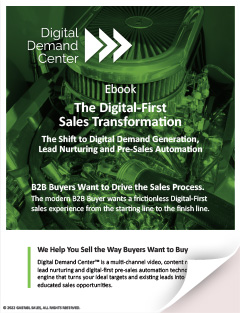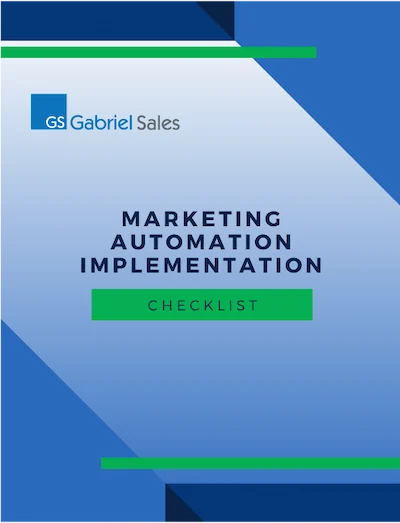 B2B sales companies have come up with a variety of ways to generate more leads, and building a successful campaign requires that companies carefully and strategically choose a method that addresses their specific goals. As an outsourced sales, outsourced lead generation company and outsourced marketing firm this is part of our series to educate customers not experienced in sales and marketing with some of the B2B Lead Generation Fundamentals to help them make an informed decision about lead generation outsourcing. This blog discusses the differences between hard and soft lead generation methods, as well as when each is appropriate for use.
B2B sales companies have come up with a variety of ways to generate more leads, and building a successful campaign requires that companies carefully and strategically choose a method that addresses their specific goals. As an outsourced sales, outsourced lead generation company and outsourced marketing firm this is part of our series to educate customers not experienced in sales and marketing with some of the B2B Lead Generation Fundamentals to help them make an informed decision about lead generation outsourcing. This blog discusses the differences between hard and soft lead generation methods, as well as when each is appropriate for use.
The first thing to do when coming up with a lead generation strategy is to clearly articulate you goals. These should be both quantitative and qualitative. How many leads are you trying to get? What kind of sales to you need to generate? Who is the audience you are trying to focus on? How early or late in the sales cycle do you want your leads to be? What are you willing to pay for a lead?
These questions are important to ask because how you choose to generate leads will affect the number and quality of your leads. Soft strategies tend to generate large numbers, while harder strategies tend to generate a higher quality.
Lead Generation: The Soft Offer
Soft offers pull in high numbers with an incentive that has very little perceived risk. If you use a sweepstakes type strategy, and offer free tickets to the Super Bowl, you are likely to get an unprecedented number of respondents. However, most of these leads are likely to care more about football than your product or service, and few will convert to qualified leads. One example of a soft offer that we have seen work is gift cards or a free iPad. As an outsourced lead generation company we have found that this is sometimes a great way to generate a quick opt in database..
This method should be used when companies are looking to get leads earlier in the sales cycle. It also requires more time to weed through the large numbers to find qualified leads. This approach is best when trying to jump-start your sales or create a lot of activity.
Lead Generation: The Hard Offer
Hard offers produce fewer respondents, but the leads that are generated are much more likely to be qualified. By offering something that has a slightly higher risk, or involves some type of commitment, you are likely talking to someone much further along in his or her sales cycle. Hard offers can include invitations to webinars, an audit, a consultation, etc.
Use hard offers when you want to target prospects further into the buying cycle, or do not have the time to weed through large numbers looking to qualify. The leads you generate with hard offers are much more likely to convert to closed deals, so take this into consideration when engaging with them.
When it comes deciding which method will be most effective for your company, knowing who you are talking to is key — A hard offer is appropriate if trying to target buying executives, while you might want to try a soft offer if you want to talk to marketing teams. Figure out the type of lead you want and determine what is valuable to this type of person. If you can make your offer appealing to your desired leads’ interests, your campaign is likely to be successful.
Gabriel Sales has over 12 years of experience as an outsourced lead generation company. For more B2B lead generation fundamentals please feel free to visit our Blogs on Sales and Content Basics.




